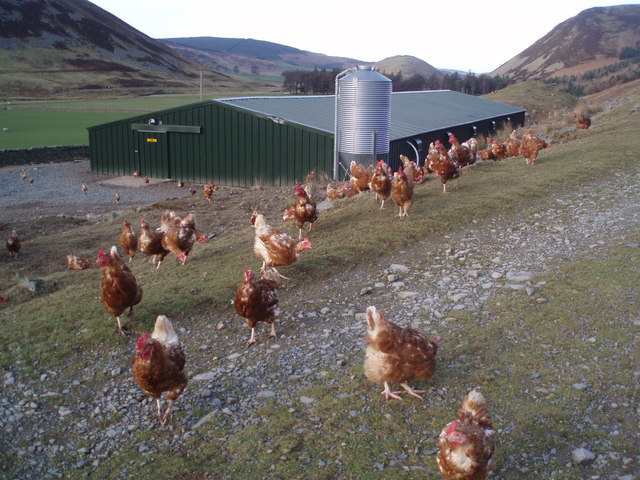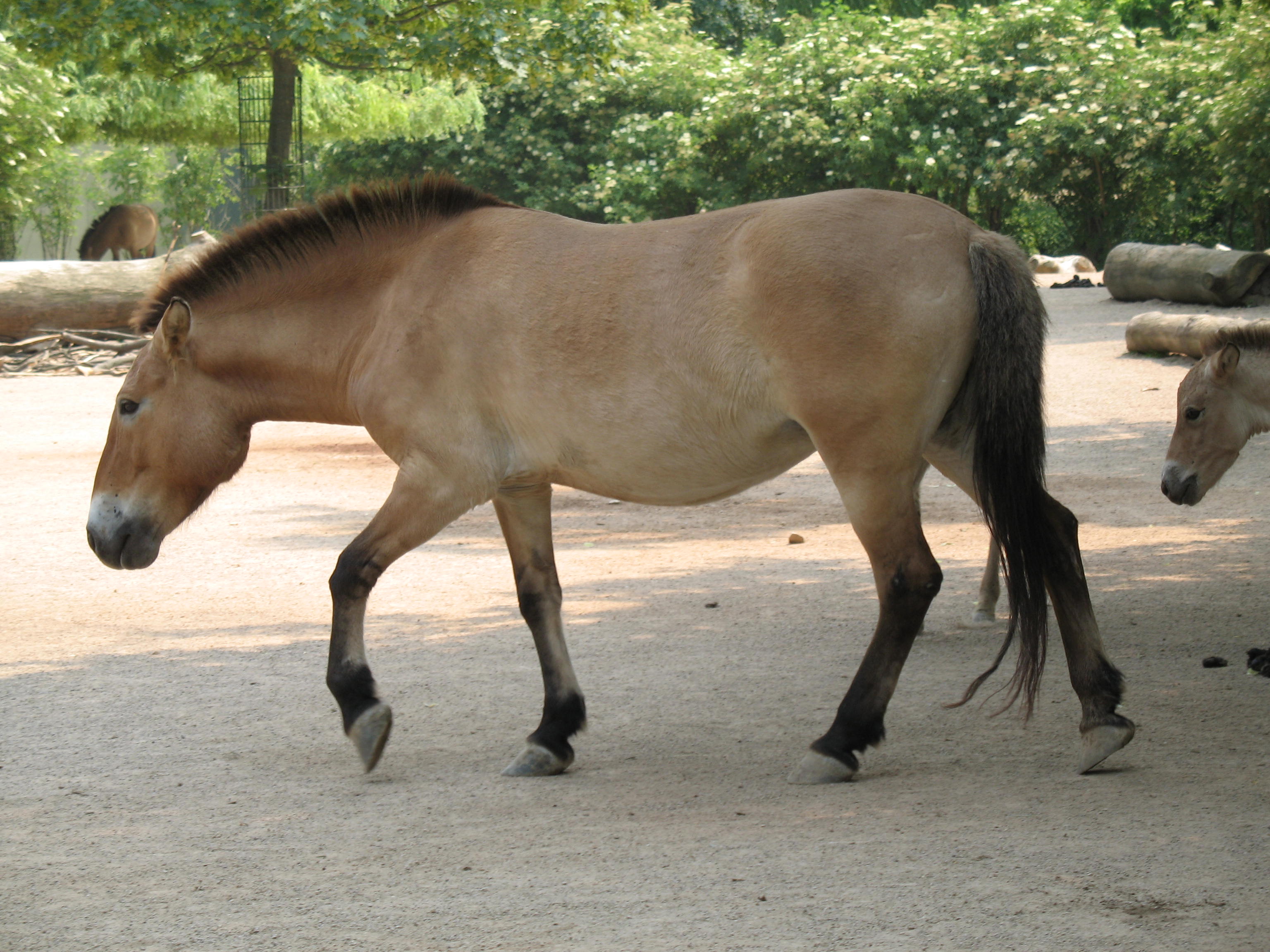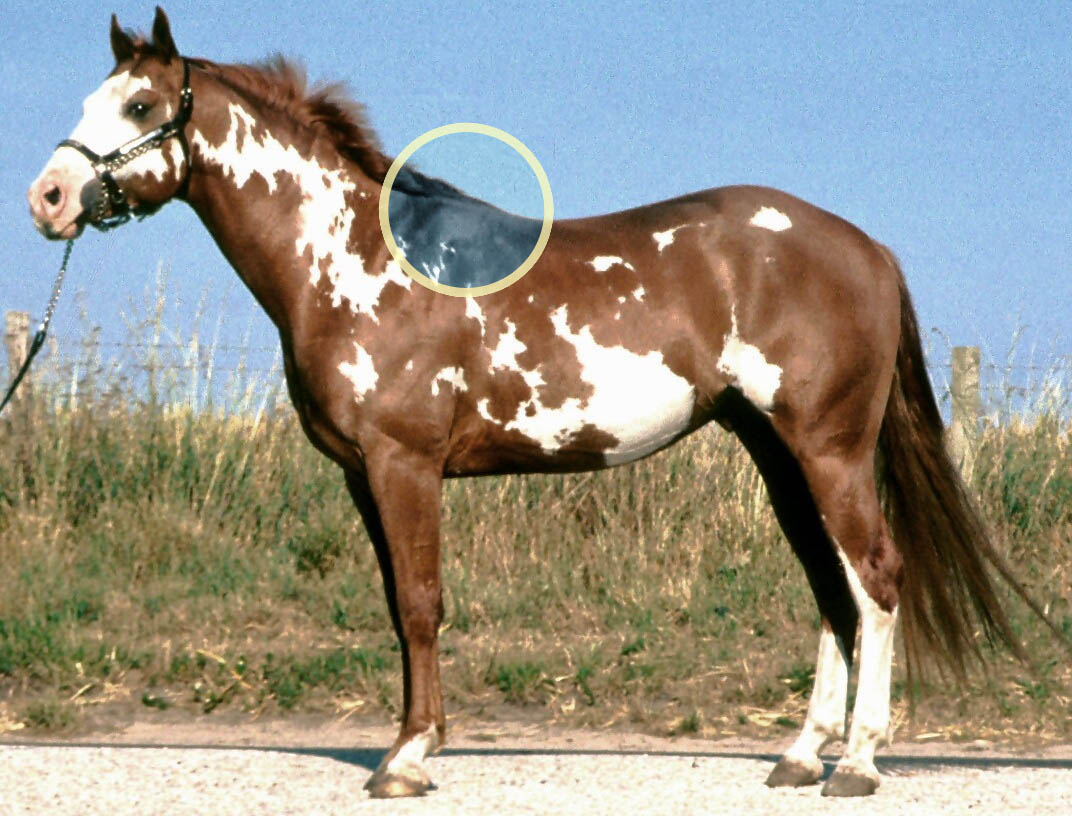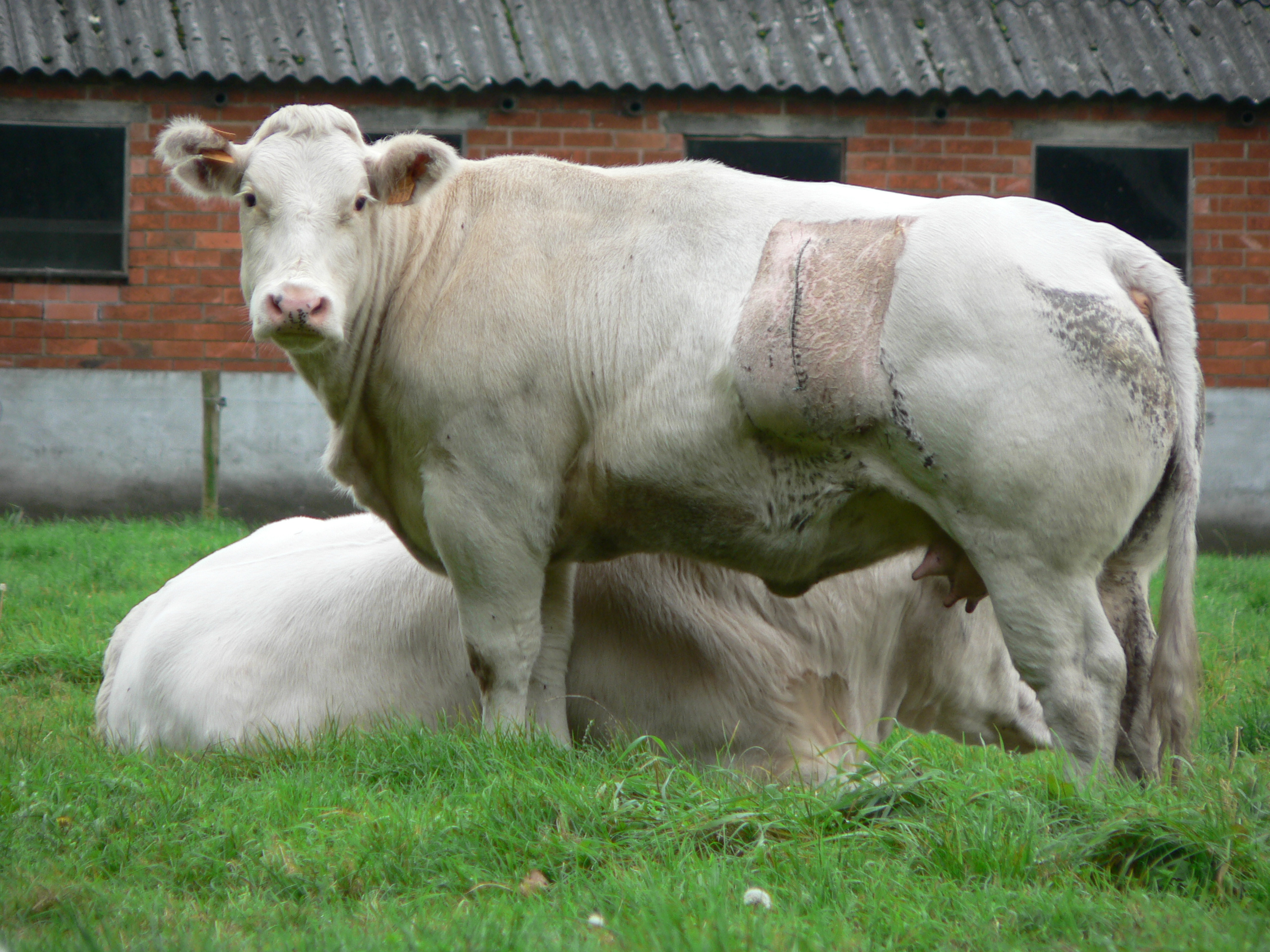|
Amiatina
The Amiatina or it, Asino dell'Amiata, italic=no is a breed of donkey from Tuscany in central Italy. It is particularly associated with Monte Amiata in the provinces of Siena and Grosseto, but is distributed throughout Tuscany. There are also populations in Liguria and in Campania. It is one of the eight autochthonous donkey breeds of limited distribution recognised by the Ministero delle Politiche Agricole Alimentari e Forestali, the Italian ministry of agriculture and forestry. History The Amiatina was numerous in the early part of the twentieth century; before the Second World War the population in the provinces of Grosseto and Perugia alone was over 8000. In the years following the War it came close to extinction. From 1956 the Deposito Stalloni (later the Istituto di Incremento Ippico) of Pisa selectively bred it in the province of Grosseto. A breeders' association was founded in 1993. In 1995 the registered population was 89. In 2006 the total number registered was ... [...More Info...] [...Related Items...] OR: [Wikipedia] [Google] [Baidu] |
Hippotherapy
Equine-assisted therapy (EAT) encompasses a range of treatments that involve activities with horses and other equines to promote human physical and mental health. The use of EAT has roots in antiquity, and EAT applies to physical health issues in modern form dates to the 1960s. Modern use of horses for mental health treatment dates to the 1990s. Systematic review of studies of EAT as applied to physical health date only to about 2007, and a lack of common terminology and standardization has caused problems with meta-analysis. Due to a lack of high-quality studies assessing the efficacy of equine-assisted therapies for mental health treatment, concerns have been raised that these therapies should not replace or divert resources from other evidence-based mental health therapies. Terminology An overall term that encompasses all forms of equine therapy is Equine-Assisted Activities and Therapy (EAAT). Various therapies that involve interactions with horses and other equines are u ... [...More Info...] [...Related Items...] OR: [Wikipedia] [Google] [Baidu] |
Second World War
World War II or the Second World War, often abbreviated as WWII or WW2, was a world war that lasted from 1939 to 1945. It involved the World War II by country, vast majority of the world's countries—including all of the great powers—forming two opposing military alliances: the Allies of World War II, Allies and the Axis powers. World War II was a total war that directly involved more than 100 million Military personnel, personnel from more than 30 countries. The major participants in the war threw their entire economic, industrial, and scientific capabilities behind the war effort, blurring the distinction between civilian and military resources. Air warfare of World War II, Aircraft played a major role in the conflict, enabling the strategic bombing of population centres and deploying the Atomic bombings of Hiroshima and Nagasaki, only two nuclear weapons ever used in war. World War II was by far the List of wars by death toll, deadliest conflict in hu ... [...More Info...] [...Related Items...] OR: [Wikipedia] [Google] [Baidu] |
Donkey Breeds Originating In Italy
The domestic donkey is a hoofed mammal in the family Equidae, the same family as the horse. It derives from the African wild ass, ''Equus africanus'', and may be classified either as a subspecies thereof, ''Equus africanus asinus'', or as a separate species, ''Equus asinus''. It was domesticated in Africa some years ago, and has been used mainly as a working animal since that time. There are more than 40 million donkeys in the world, mostly in underdeveloped countries, where they are used principally as draught or pack animals. While working donkeys are often associated with those living at or below subsistence, small numbers of donkeys or asses are kept for breeding or as pets in developed countries. A male donkey is known as a ''jack'' or ''jackass'', a female is a ''jenny'' or ''jennet'', and an immature donkey of either sex is a ''foal''. Jacks are often mated with female horses (mares) to produce '' mules''; the less common hybrid of a male horse (stallion) and ... [...More Info...] [...Related Items...] OR: [Wikipedia] [Google] [Baidu] |
Free Range
Free range denotes a method of farming husbandry where the animals, for at least part of the day, can roam freely outdoors, rather than being confined in an enclosure for 24 hours each day. On many farms, the outdoors ranging area is fenced, thereby technically making this an enclosure, however, free range systems usually offer the opportunity for the extensive locomotion and sunlight that is otherwise prevented by indoor housing systems. ''Free range'' may apply to meat, eggs or dairy farming. The term is used in two senses that do not overlap completely: as a farmer-centric description of husbandry methods, and as a consumer-centric description of them. There is a diet where the practitioner only eats meat from free-range sources called ethical omnivorism. In ranching, free-range livestock are permitted to roam without being fenced in, as opposed to intensive animal farming practices such as the concentrated animal feeding operation. In many agriculture-based economies, ... [...More Info...] [...Related Items...] OR: [Wikipedia] [Google] [Baidu] |
Primitive Markings
Primitive markings are a group of hair coat markings and qualities seen in several equine species, including horses, donkeys, and asses. In horses, they are associated with primitive breeds, though not limited to such breeds. The markings are particularly associated with the dun coat color family. All dun horses possess at least the dorsal stripe, but the presence of the other primitive markings varies. Other common markings may include horizontal striping on the legs, transverse striping across the shoulders, and lighter guard hairs along the edges of a dark mane and tail. Origin The dun coat and attendant primitive or "dun factor" markings reflect the wild type coat and are observed in all equine species. Some cave paintings depict horses as being dun and with the primitive markings. The Przewalski's horse is dun-colored with primitive markings. So, too, are horse breeds such as the Konik and the Heck horse, "bred back" to resemble the now-extinct tarpan The term tarpa ... [...More Info...] [...Related Items...] OR: [Wikipedia] [Google] [Baidu] |
Withers
The withers is the ridge between the shoulder blades of an animal, typically a quadruped. In many species, it is the tallest point of the body. In horses and dogs, it is the standard place to measure the animal's height. In contrast, cattle are often measured to the top of the hips. The term (pronounced ) derives from Old English ''wither'' (“against”), because it is the part of a draft animal that pushes against a load. Horses The withers in horse The horse (''Equus ferus caballus'') is a domesticated, one-toed, hoofed mammal. It belongs to the taxonomic family Equidae and is one of two extant subspecies of ''Equus ferus''. The horse has evolved over the past 45 to 55 million ...s are formed by the dorsal spinal processes of roughly the 3rd through 11th thoracic vertebrae, which are unusually long in this area. Most horses have 18 thoracic vertebrae. The processes at the withers can be more than long. Since they do not move relative to the ground a ... [...More Info...] [...Related Items...] OR: [Wikipedia] [Google] [Baidu] |
Sardinian Donkey
The Sardinian ( it, Asino Sardo, italic=no, sc, Molente, italic=no or ) is an Italian list of donkey breeds, breed of donkey from the Mediterranean island of Sardinia, to the west of Italy. It is raised throughout the island; there are also some small populations in mainland Italy. It is one of the eight :wikt:autochthon, autochthonous donkey breeds of limited distribution recognized by the Ministero delle Politiche Agricole Alimentari e Forestali, the Italian ministry of agriculture and forestry. Its conservation status was listed as "endangered" by the FAO in 2007. References Donkey breeds originating in Italy Donkey breeds Sardinia {{bots, deny=Citation bot ... [...More Info...] [...Related Items...] OR: [Wikipedia] [Google] [Baidu] |
Ragusano Donkey
The Ragusano is a breed of donkey from the Mediterranean island of Sicily. It is associated particularly with the comuni of Modica, Ragusa, Santa Croce Camerina and Scicli, all in the Province of Ragusa in southern Sicily. It is one of the eight autochthonous donkey breeds of limited distribution recognised by the Ministero delle Politiche Agricole Alimentari e Forestali, the Italian ministry of agriculture and forestry. The Ragusano was listed as "endangered" by the FAO The Food and Agriculture Organization of the United Nations (FAO)french: link=no, Organisation des Nations unies pour l'alimentation et l'agriculture; it, Organizzazione delle Nazioni Unite per l'Alimentazione e l'Agricoltura is an intern ... in 2007. Uses The milk of the Ragusano donkey has demonstrated remarkable antiviral properties and some scientists believe it could be useful in preventing viral human gastrointestinal infections. References Donkey breeds originating in Italy Donkey ... [...More Info...] [...Related Items...] OR: [Wikipedia] [Google] [Baidu] |
Martina Franca Donkey
The Martina Franca donkey, it, Asino di Martina Franca, italic=no, is a breed of donkey from Puglia in southern Italy. It is the largest Italian donkey breed, and was famous for its qualities in the production of mules. It is particularly associated with the comune of Martina Franca from which it takes its name, but the area of origin also includes Alberobello, Ceglie Messapica, Locorotondo, Massafra, Mottola and Noci, in the provinces of Bari, Brindisi and Taranto. It is still raised mainly in Puglia, but there are also populations in Abruzzo, Lazio, Lombardy and Umbria. It is one of the eight autochthonous donkey breeds of limited distribution recognised by the Ministero delle Politiche Agricole Alimentari e Forestali, the Italian ministry of agriculture and forestry. Use The Martina Franca donkey was in the past used as a beast of burden and as a light draught animal, but its principal use was in the production of mules, particularly when crossed with the Murgese h ... [...More Info...] [...Related Items...] OR: [Wikipedia] [Google] [Baidu] |
Selective Breeding
Selective breeding (also called artificial selection) is the process by which humans use animal breeding and plant breeding to selectively develop particular phenotypic traits (characteristics) by choosing which typically animal or plant males and females will sexually reproduce and have offspring together. Domesticated animals are known as breeds, normally bred by a professional breeder, while domesticated plants are known as varieties, cultigens, cultivars, or breeds. Two purebred animals of different breeds produce a crossbreed, and crossbred plants are called hybrids. Flowers, vegetables and fruit-trees may be bred by amateurs and commercial or non-commercial professionals: major crops are usually the provenance of the professionals. In animal breeding, techniques such as inbreeding, linebreeding, and outcrossing are utilized. In plant breeding, similar methods are used. Charles Darwin discussed how selective breeding had been successful in producing change over ... [...More Info...] [...Related Items...] OR: [Wikipedia] [Google] [Baidu] |
Pisa
Pisa ( , or ) is a city and ''comune'' in Tuscany, central Italy, straddling the Arno just before it empties into the Ligurian Sea. It is the capital city of the Province of Pisa. Although Pisa is known worldwide for its leaning tower, the city contains more than twenty other historic churches, several medieval palaces, and bridges across the Arno. Much of the city's architecture was financed from its history as one of the Italian maritime republics. The city is also home to the University of Pisa, which has a history going back to the 12th century, the Scuola Normale Superiore di Pisa, founded by Napoleon in 1810, and its offshoot, the Sant'Anna School of Advanced Studies.Scuola Superiore Sant'Anna di Pisa Information statistics History
|
Province Of Perugia
The Province of Perugia ( it, Provincia di Perugia) is the larger of the two provinces in the Umbria region of Italy, comprising two-thirds of both the area and population of the region. Its capital is the city of Perugia. The province covered all of Umbria until 1927, when the province of Terni was carved out of its southern third. The province of Perugia has an area of 6,334 km² covering two-thirds of Umbria, and a total population of about 660,000. There are 59 comunes ( it, comuni) in the province. The province has numerous tourist attractions, especially artistic and historical ones, and is home to the Lake Trasimeno, the largest lake of Central Italy. It is historically the ancestral origin of the Umbri, while later it was a Roman province and then part of the Papal States until the late 19th century. History and topology The Etruscans likely founded Perugia in the 6th century BC. The Umbra and Tiber valleys are located in the province. The eastern part of the pro ... [...More Info...] [...Related Items...] OR: [Wikipedia] [Google] [Baidu] |









